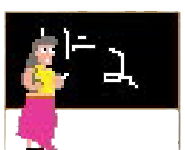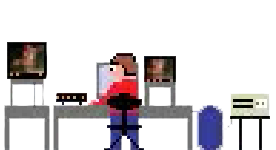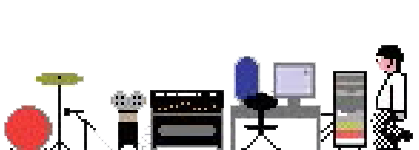The most exciting change in the newest version of Max is arguably code generation. This is available as the “Gen” add-on to Max6, and it is a groundbreaking new way to manipulate audio and video signals in a graphical programming environment. In this class, Adam Rokhsar will be leading a deep-dive into the strange and powerful world of Gen through video processing.
Max6 “Gen”: Video Processing
Sat, Nov 20, noon-6pm
Sunday: jit.gen, jit.pix, and jit.gl.pix take video processing to a whole new level. Video signals are demanding — they are huge and require a great deal of processing power, especially when working in HD. The Jitter code generation objects allows us to step up to the challenge by writing high speed code in a graphical environment. Heard about shaders but have been turned off by the text-based shader language required to make them? No problem! Now we can write shaders using Max objects to do video processing right off our computer’s GPU without ever leaving the Max environment. We will explore through hands-on workshop the new objects and patching rules that come along with Jitter code generation, and build our own visuals that react to sound, motion, and other sensor data in realtime. We will also explore how to use the new gen objects in the virtual 3d world of OpenGL.
Don’t miss out — Max 6 is brand new and you can get the edge early by taking this dive with us into the powerful potential of code generation.






